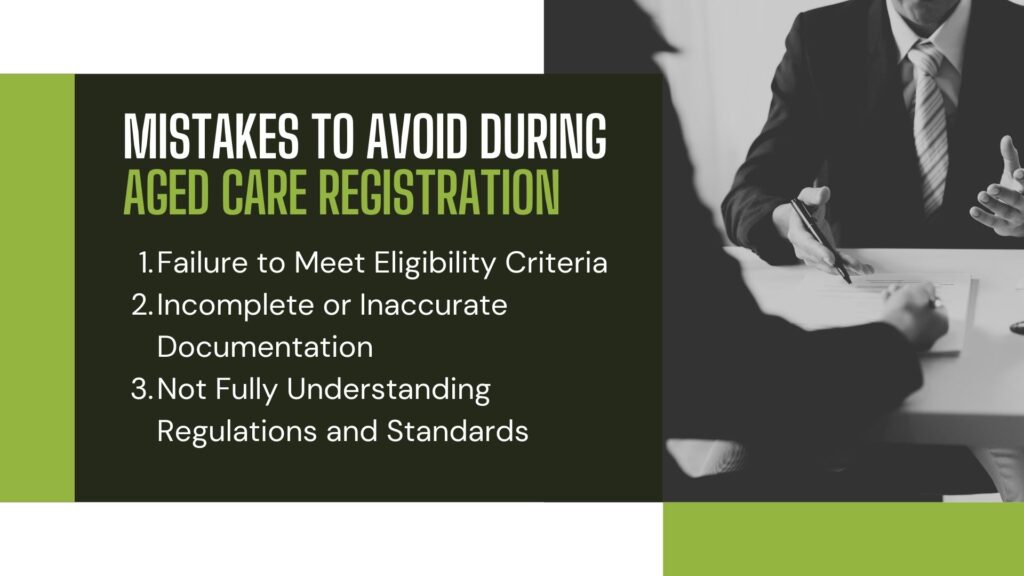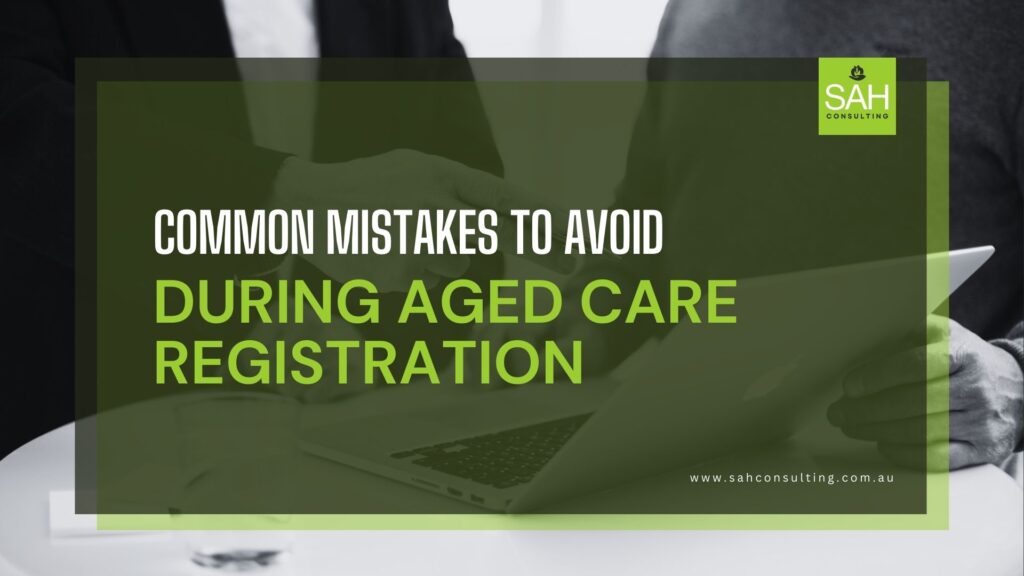The aged care scenery in Australia is experiencing a major change due to the launch of the Support at Home (SAH) Program on July 1, 2025. This new initiative will succeed the current Home Care Packages Program and Short-Term Restorative Care Programme, with the Commonwealth Home Support Programme transitioning starting no sooner than July 2027.
For organisations interested in becoming an aged care provider, these modifications introduce new registration criteria and compliance responsibilities. The procedure currently encompasses six separate registration categories, varying from home and community services to residential care. Every category has distinct requirements and conditions that providers need to satisfy to keep their registration and funding eligibility.
Errors during registration may result in delays, denied applications, or compliance problems that hinder your capacity to provide services and obtain government funding. Since you’re reading this article, you might be asking, “How do I become an aged care provider?” and you might also be wondering what common errors you need to steer clear of when signing up for the new SAH Program. Read on to learn more.
Mistakes to Avoid During Aged Care Registration
1. Failure to Meet Eligibility Criteria
The first answer to the question “How do I become an aged care provider?” is: Satisfy all SAH eligibility criteria. All six registration categories possess particular criteria concerning provider obligations, code of conduct, and aged care quality standards. While these may vary depending on the category, essential eligibility criteria involve:
Showcasing the ability to provide high-quality care.
The updated regulatory safeguards emphasise accountability, ensuring that providers uphold safety, reliability, and excellence in service delivery. Submitting strong supporting evidence is essential to demonstrate compliance with these standards.
Providers should include case studies showcasing successful care outcomes, quality reports detailing performance metrics, and client testimonials that highlight positive experiences. These documents not only strengthen an application but also reassure regulators that the provider is committed to maintaining high care standards. Regular internal reviews and quality assessments can further support ongoing compliance.
Confirming that staffing and training needs correspond with the chosen service category.
The new regulatory framework places a strong emphasis on workforce capability, meaning providers must verify that all employees have the necessary skills and credentials that align with the chosen service category, allowing them to deliver high-quality care.
Providers should implement rigorous hiring and training processes, ensuring all personnel possess the appropriate qualifications for their roles. Additionally, ongoing professional development should be a priority, with regular training sessions and competency assessments to keep staff updated on best practises and regulatory changes.
Offering proof of financial stability and long-term operations.
Aged care providers must demonstrate financial viability to ensure they can responsibly manage SAH funds and deliver sustainable services. Without clear financial documentation, applications may be delayed or rejected, putting future service provision at risk.
Key financial documents should include fiscal health reports outlining cash flow, revenue sources, and long-term financial planning. Sustainability plans that project future service demand and funding management can also strengthen an application. Additionally, providing a history of financial performance, including audited reports and expenditure records, can help establish credibility.
Not meeting these criteria may result in application denial. Before applying, thoroughly examine SAH regulations, perform internal evaluations, and reach out to professional aged care registration consultants if needed.
2. Incomplete or Inaccurate Documentation
One of the most frequent causes of registration delays or rejections is the submission of incomplete or inaccurate documentation. Each form, attachment, and supporting document must be carefully examined prior to submission to guarantee adherence to SAH Program standards. Common documentation mistakes include:
- Missing or incorrect business details, such as ABN or legal entity name.
- Incomplete service descriptions that fail to align with SAH categories.
- Omitted financial records, risk management plans, or compliance declarations.
To prevent mistakes, providers ought to create a checklist for confirming all necessary documents, review entries for precision, and seek advice from specialists if clarification is required. Even small errors can lead to considerable delays, making attention to detail essential.
3. Not Fully Understanding Regulations and Standards
Regulatory changes under the new Aged Care Act will significantly impact the process of becoming an approved aged care provider. All aged care services funded by the government must now be delivered by a registered provider, and organisations will be categorised into one or more of six registration groups. An unregistered aged care provider will be ineligible to deliver these services, risking financial and operational instability.
These categories are based on the complexity, type of care provided, and associated risks. Failing to stay updated on these regulatory shifts can lead to non-compliance, affecting funding eligibility and service continuity.
The Department of Health and Aged Care is currently transitioning existing providers into appropriate categories, a process known as “deeming.” However, errors in categorisation may occur, and providers must validate their placement to ensure they are registered correctly.

Compliance under the SAH Program extends beyond registration—it requires ongoing adherence to quality and operational standards. Providers must ensure their internal policies and procedures align with the compliance obligations set by the Aged Care Quality and Safety Commission. Failure to meet these standards could result in penalties, loss of registration, or reputational damage.
Registered providers will have category-specific obligations that must be met throughout the registration period. The Commission may also impose additional conditions on providers based on the level of care they deliver. Conducting regular internal audits, updating compliance frameworks, and seeking external expertise are essential steps in maintaining regulatory alignment.
Final Thoughts
Successfully becoming an aged care provider under the SAH Program requires careful attention to registration requirements, compliance standards, and financial and operational stability.
Avoiding common mistakes—such as incomplete documentation, misunderstanding new regulations, or failing to demonstrate quality care—can help ensure a smooth approval process and long-term success in the aged care sector.
Navigating these complexities can be challenging, but expert guidance can make the process easier. SAH Consulting will help you find a definitive answer to the question “How do I become an aged care provider?”, by providing end-to-end support, helping you with registration, compliance, and even client acquisition. Take the next step toward a successful registration.
Book a free consultation with SAH Consulting today and get expert support tailored to your aged care business.
